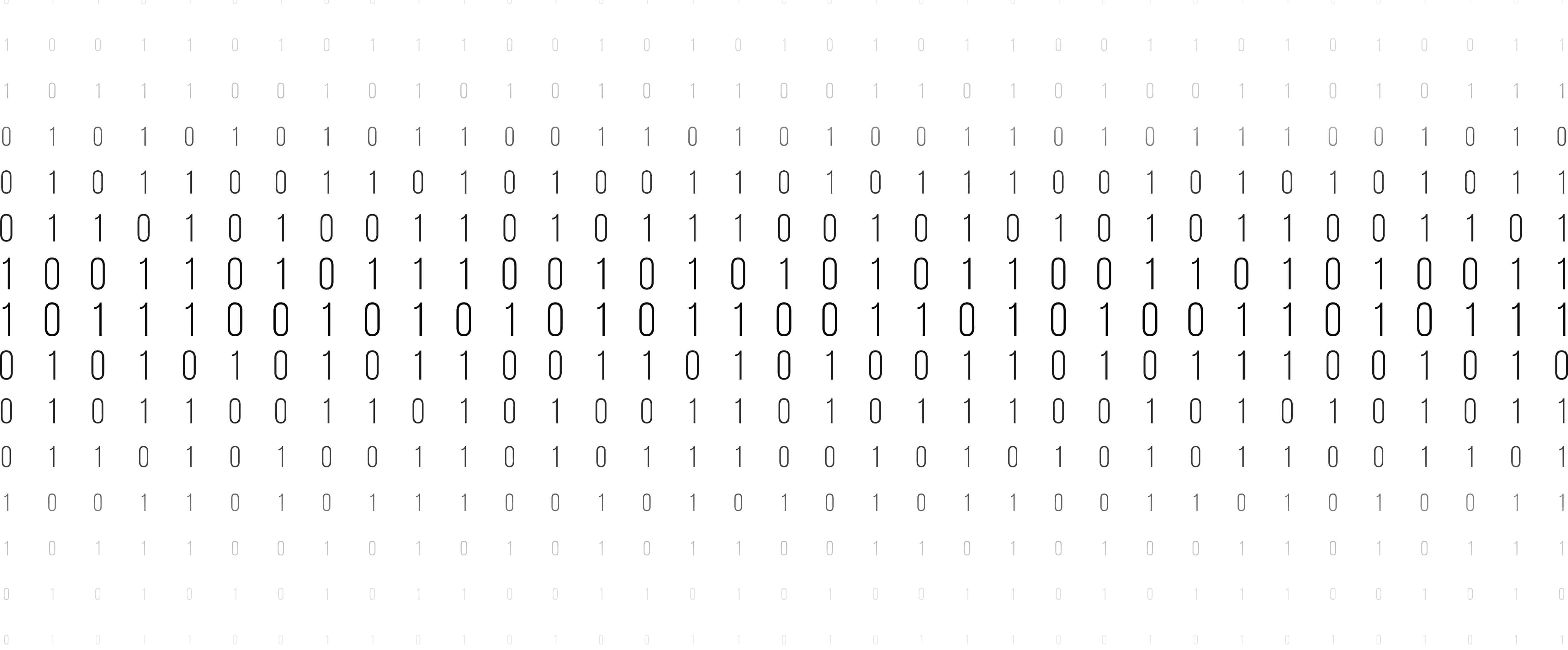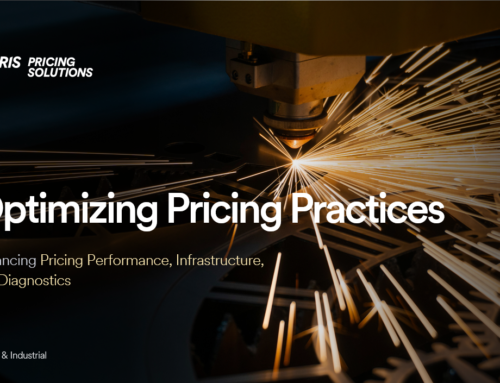by Paul Hunt, Chairman at Pricing Solutions
I meet with a lot of executives in the B2B sphere who talk about wanting to achieve “price optimization.” They’re using this term to describe the goal of utilizing data and software to accurately set exact pricing within their B2B environment.
While the term pricing optimization is bandied about quite often in the industry, the way it’s being used is problematic. When an executive uses this term, they usually mean that they want pricing that will hit the bullseye every time, and many software firms are making huge claims around their ability to do just that with pricing optimization software. I would go so far as to say it’s dangerous to use the term pricing optimization in this context.
One of the global business companies we work with came to us after adopting a software company’s price optimization software. After investing millions in the software, the company found that data sparsity was leading to illogical pricing recommendations that their sales force just could not accept. The result was a lot of work arounds and a lack of trust in the black box software. The phrase“garbage in, garbage out” applies here. Artificial intelligence (AI) and machine learning algorithms need very high quality data to be effective; most of the time, B2B companies do not have such high quality data. This is one of the reasons that B2B pricing algorithms don’t replace solid strategy and business judgement; they augment it.
At this point the Pricing Solutions team stepped in to develop pricing based upon segmentation, advanced analytics and sound strategic input by a cross functional team. The results included high adoption across the organization, a price structure everyone understood, and superior profitability. The client has exceeded targets for price improvement in each of the last two years since the initiative was undertaken.
All of which reminds me of the old adage coined by the famous economist John Maynard Keynes
“it is better to be roughly right than precisely wrong.”
Smart Analytics is Not the Same as Pricing Optimization
Many software vendors are promising optimization using AI-driven solutions, but don’t be fooled. Smart analytics is not the same as pricing optimization. In fact, using the term pricing optimization in this way leads to unrealistic expectations.
It is very easy to calculate an elasticity number for every product and every customer a B2B company has. The only problem is that it will be precisely wrong! Of course, we all wish that there was a master algorithm out there that would produce reliable recommendations every time, but this kind of black box approach to pricing is dangerous within the B2B sphere. That’s because true optimization is driven by elasticity and I can confidently say that other than a few exceptions this just isn’t possible for most B2B businesses, especially those in the industrial or manufacturing spheres.
True Elasticity Has Preconditions and Limitations
Elasticity has some preconditions. To accurately measure elasticity, you need:
- Frequent price changes for both products and customers
- A high volume of transactions (millions is preferable)
- Good competitive price data
Without these preconditions you’re looking at trying to hit a moving target. Not to mention that external variables like the economy (e.g. inflation, commodity prices, minimum wage, etc.) must be accounted for and understood in terms of their impact which is difficult to do in real-time within the B2B sphere.
Why?
In addition to the problems inherent with looking at historical transactions, there are other significant confounding variables in B2B businesses such as:
- Contracting and negotiations
- Customization of the offer (for example, a customer may value on-time delivery more than the product itself)
- Poor data quality – one of our recommendations to pretty much all our clients and a key part of the journey is to cleanse their data.
These factors add multiple complexities for B2B companies, which yield unique results at the customer and product level.
“Pricing sensitivity or pricing power are more accurate terms that better describe the possibilities of enhancing B2B pricing.”

Estimating Elasticity with Accuracy
There are two exceptions worth mentioning. It is possible to estimate elasticity with a high degree of accuracy within some B2C industries (e.g. retail, ecommerce and travel). However, the black box algorithms used by these industries, which rely on AI and machine learning are just not practical for most B2B businesses. In fact, using black box software is dangerous for most B2Bs because their teams can’t see the data behind the results.
The only other exceptions, I have seen in B2B are commodities and parts. With commodities I have seen elasticity predicted accurately. The reason – there is substantially more data and a higher degree of transparency which results in the conditions required to more accurately predict elasticity. To a somewhat lesser degree the same can be said for the parts business.
As you can see, using the term price optimization in a way that indicates precise pricing accuracy or AI and machine learning is simply not practical for most B2B companies. Pricing sensitivity or pricing power are more accurate terms that better describe the possibilities of enhancing B2B pricing.
Search for Pricing Power Instead
Measuring pricing power at the customer and product level is very possible for B2Bs to achieve with a high degree of reliability. Just don’t fool yourself into thinking that this is B2B price optimization! What manufacturing and industrial businesses need is value-based pricing that uses sound pricing strategies and advanced analytics. This method helps identify price sensitivity (not elasticity), which is realistic and achievable and will deliver the lasting competitive advantage that B2B executives are looking for.
Interested in This Pricing Series?
Subscribe to Our Pricing Newsletter





